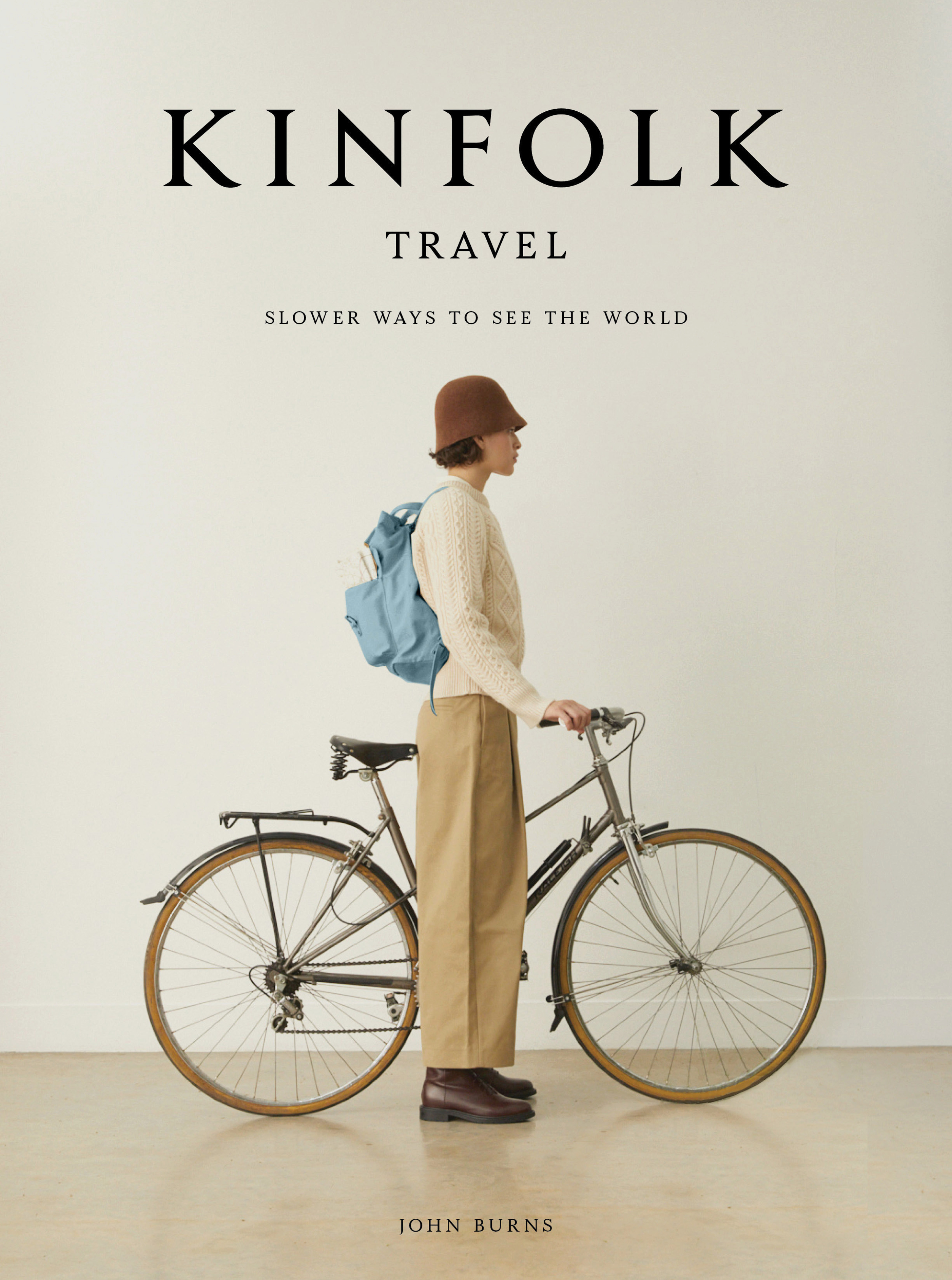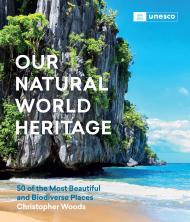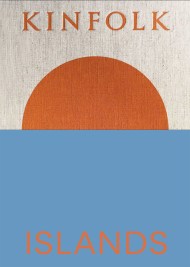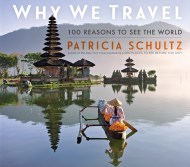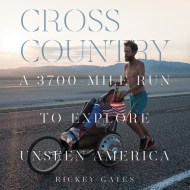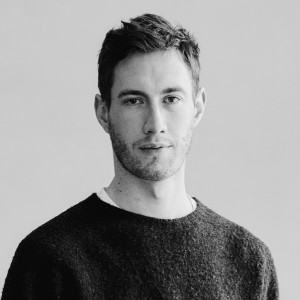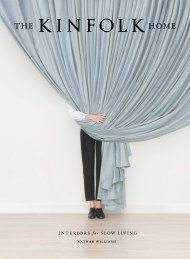Kinfolk Travel
Slower Ways to See the World
Contributors
By John Burns
Formats and Prices
Price
$40.00Price
$50.00 CADFormat
Format:
- Hardcover $40.00 $50.00 CAD
- ebook $18.99 $24.99 CAD
Also available from:
Go museum hopping in Tasmania, or birdwatching in London. Explore the burgeoning fashion community in Dakar. Take a bicycle tour through Idaho, or a train trip from Oslo to Bergen. Drawing on the magazine’s global community of writers and photographers, Kinfolk Travel takes readers to over 20 location across five continents, with travel tips from locals, stunning images, and thoughtful essays.
Series:
- On Sale
- Nov 3, 2021
- Page Count
- 352 pages
- Publisher
- Artisan
- ISBN-13
- 9781648290749
Newsletter Signup
By clicking ‘Sign Up,’ I acknowledge that I have read and agree to Hachette Book Group’s Privacy Policy and Terms of Use


